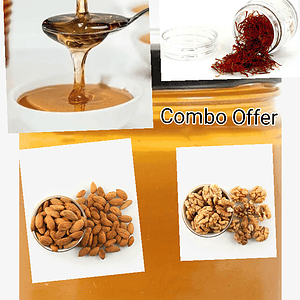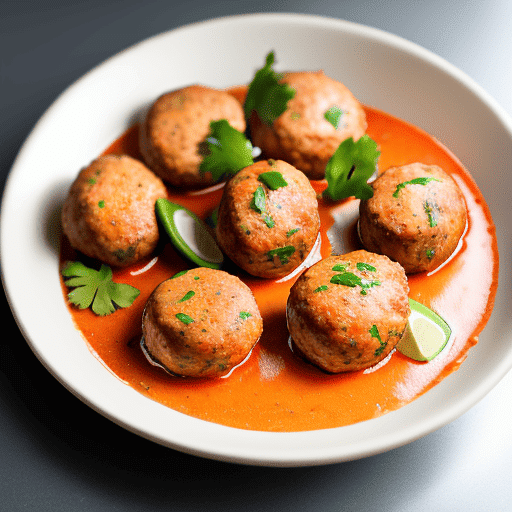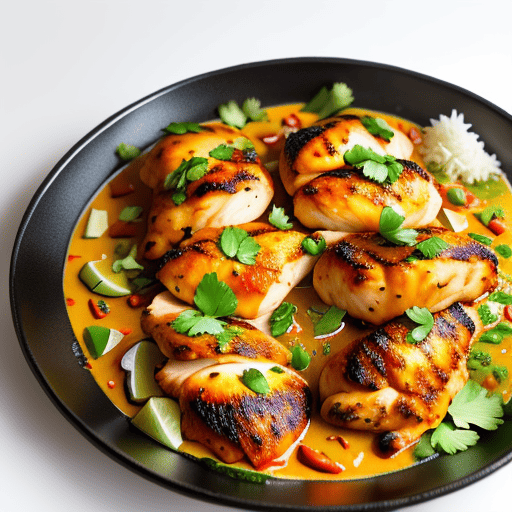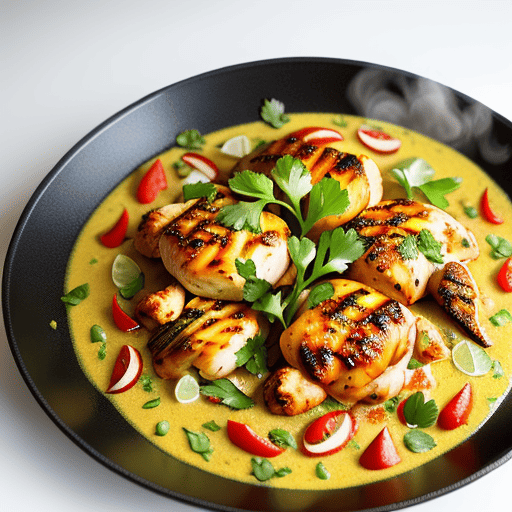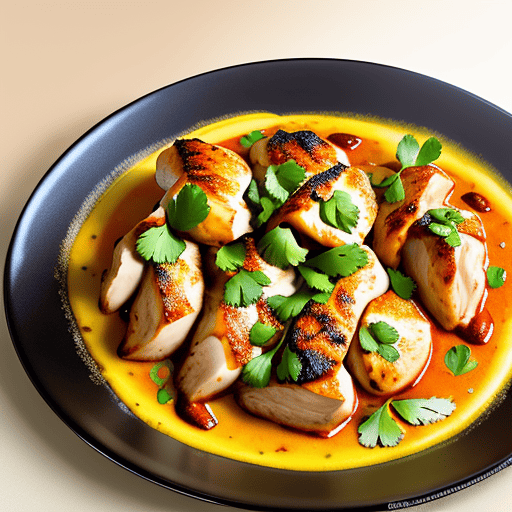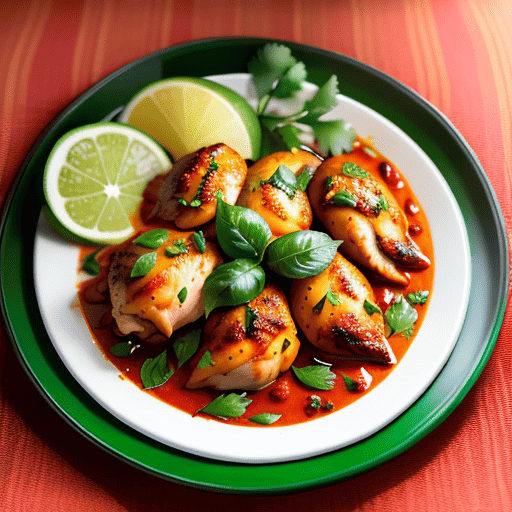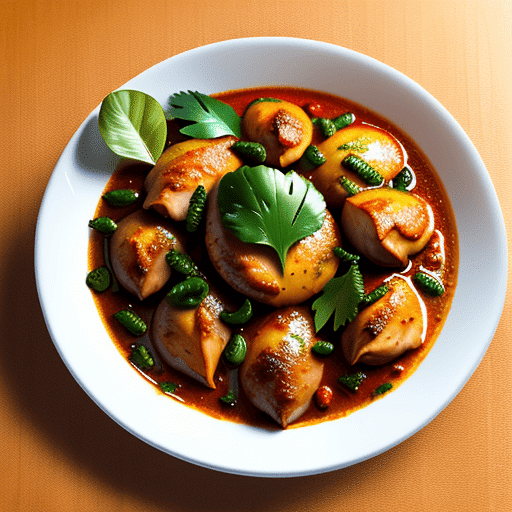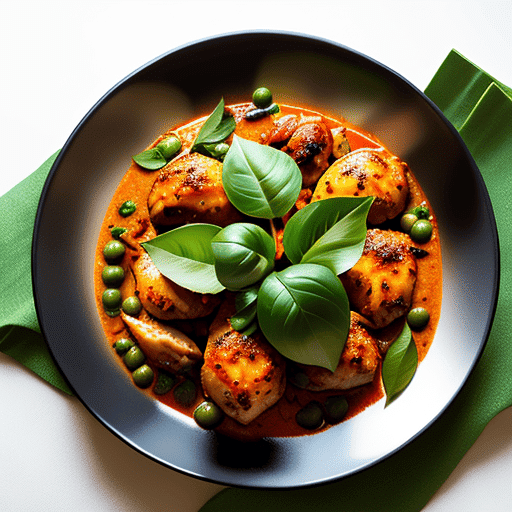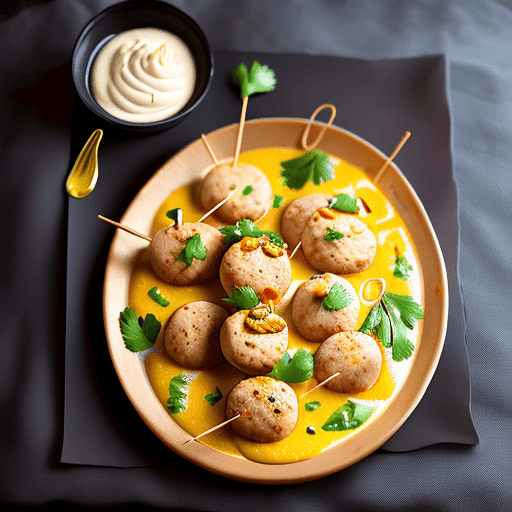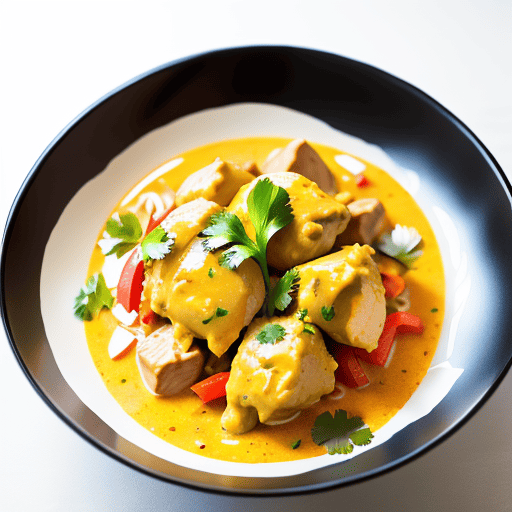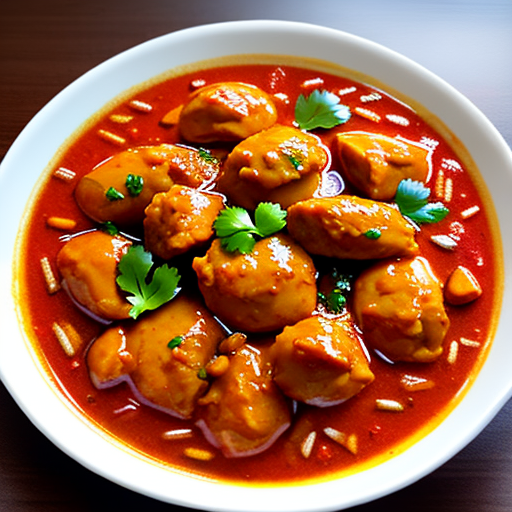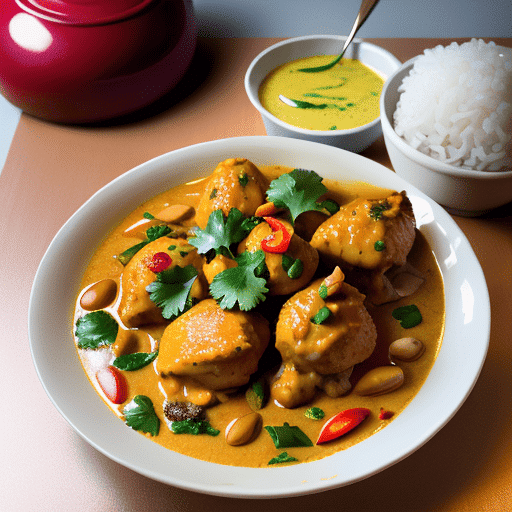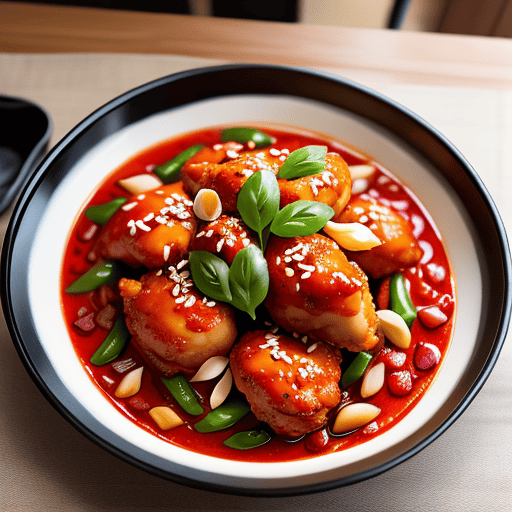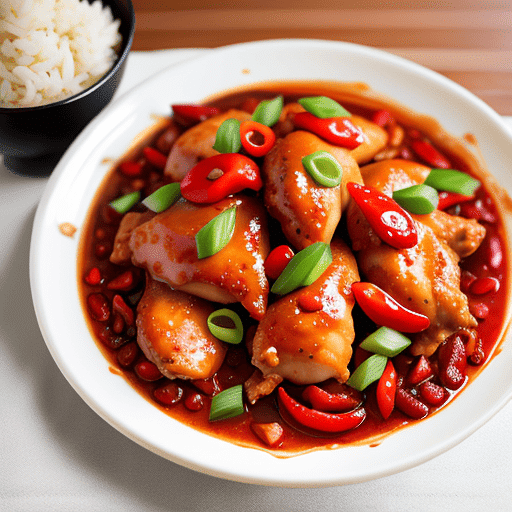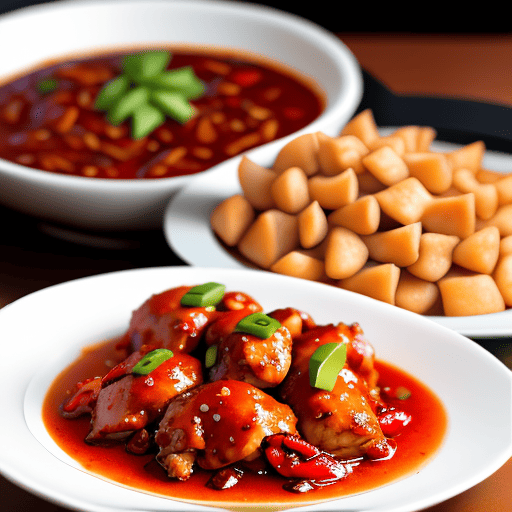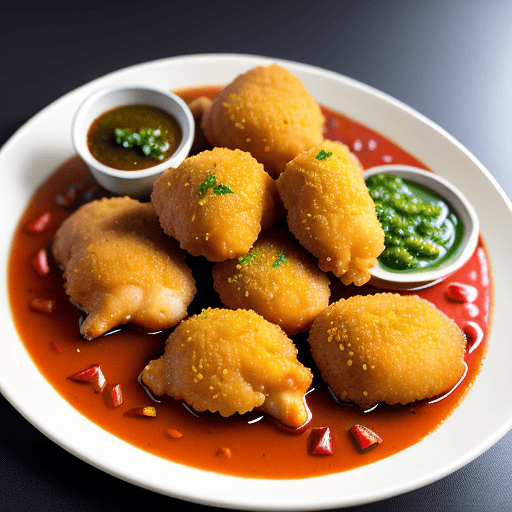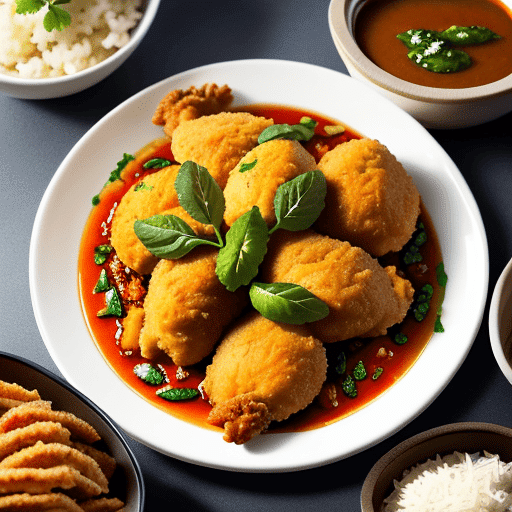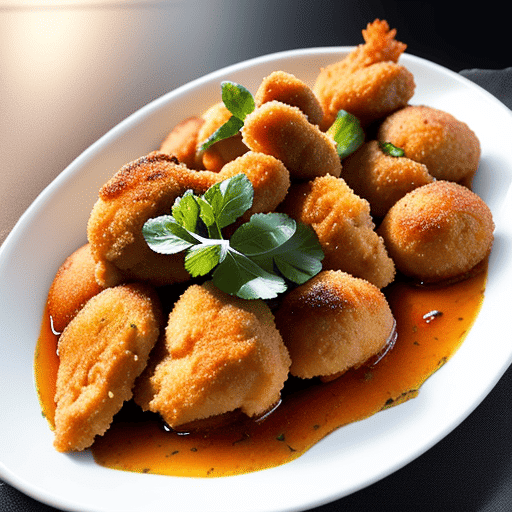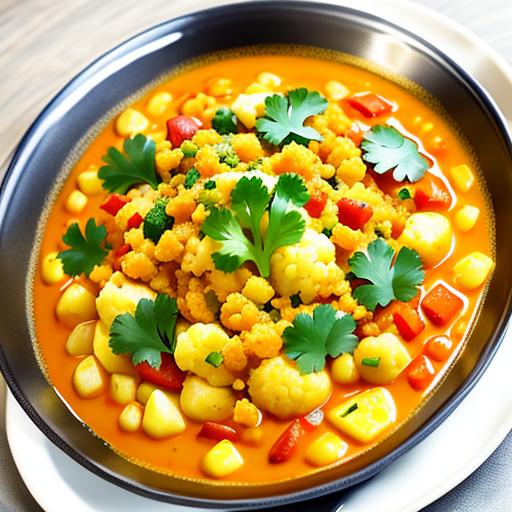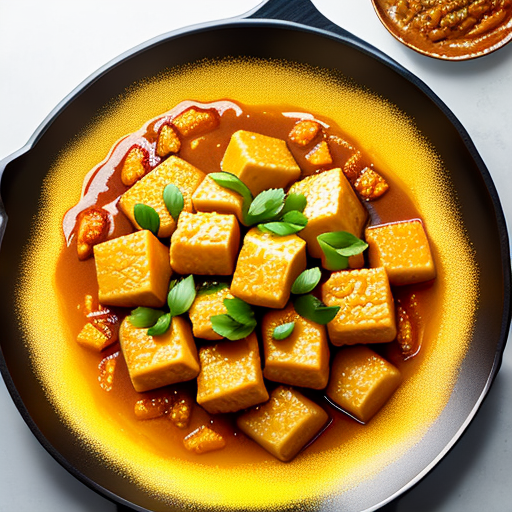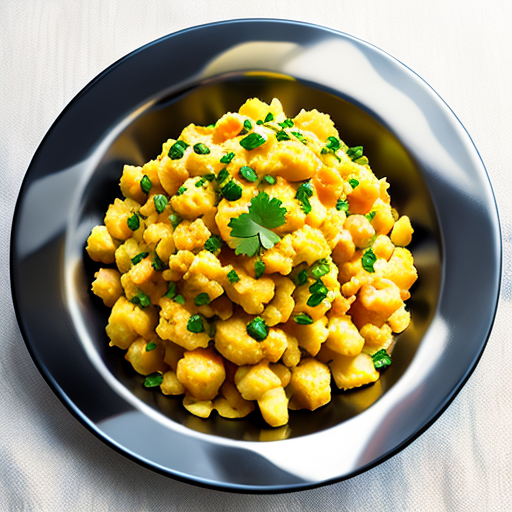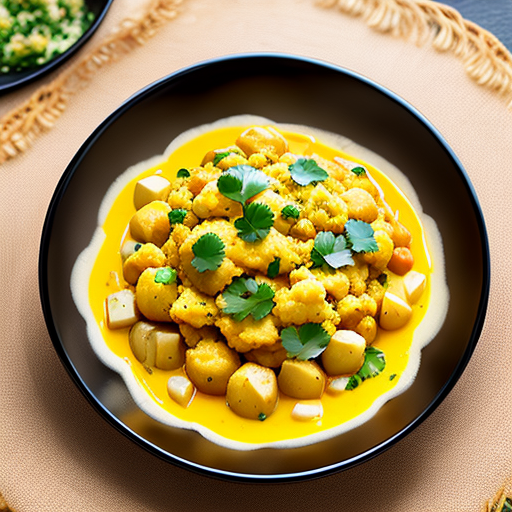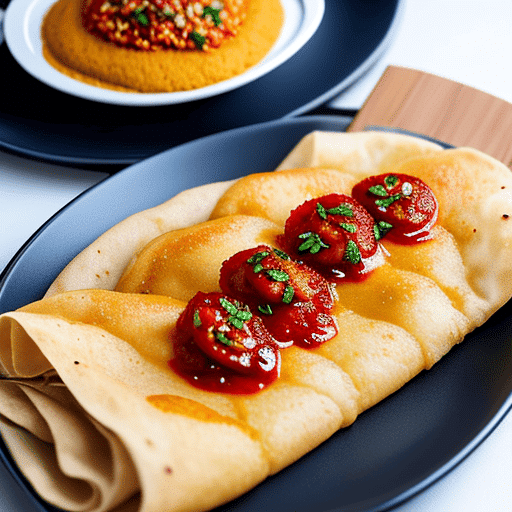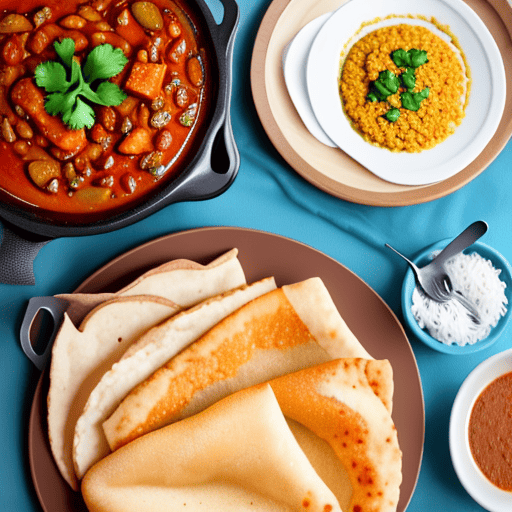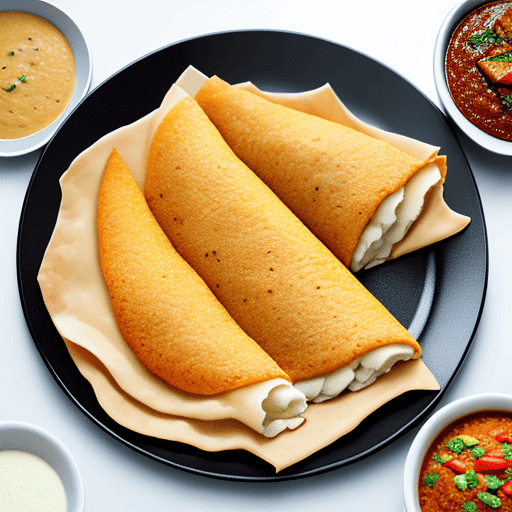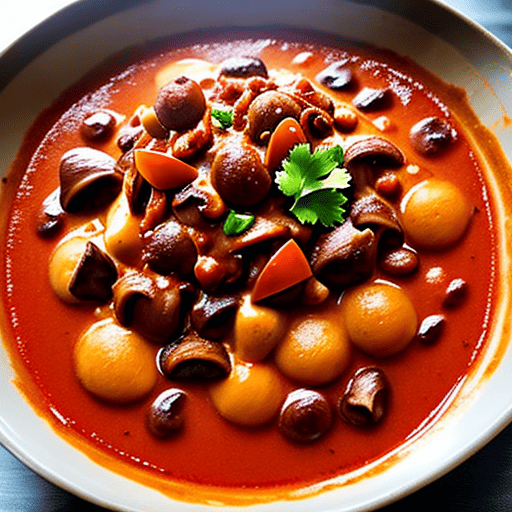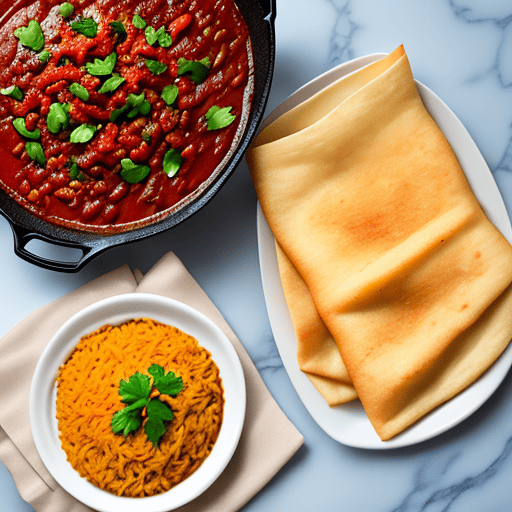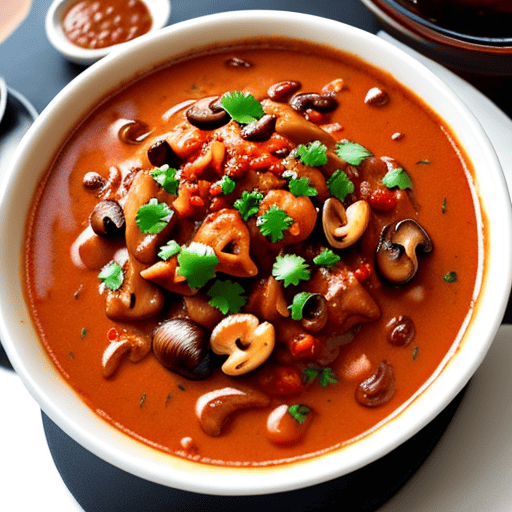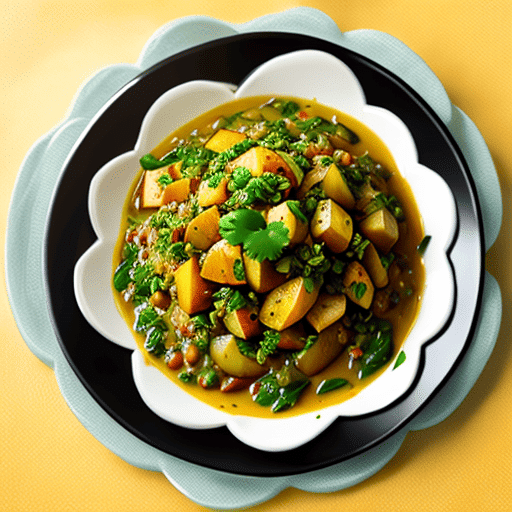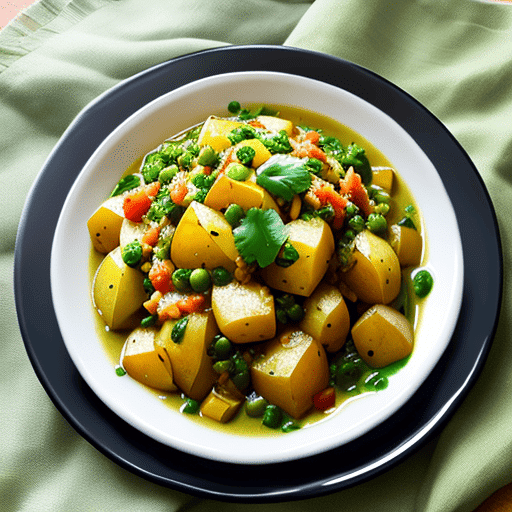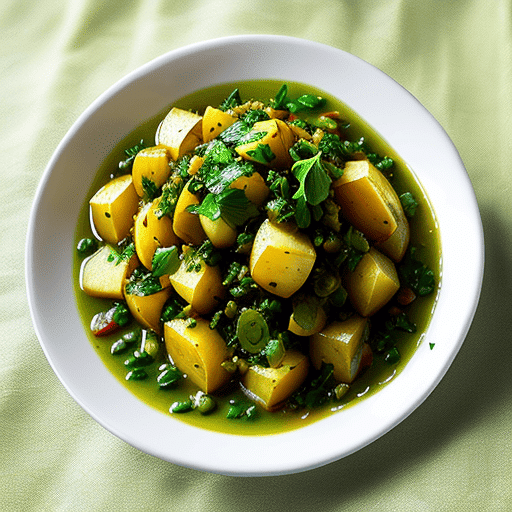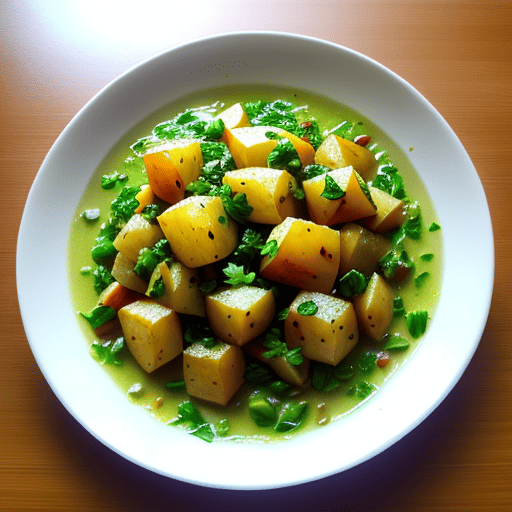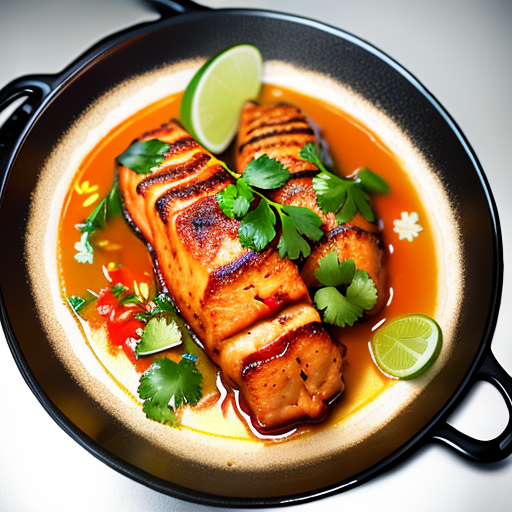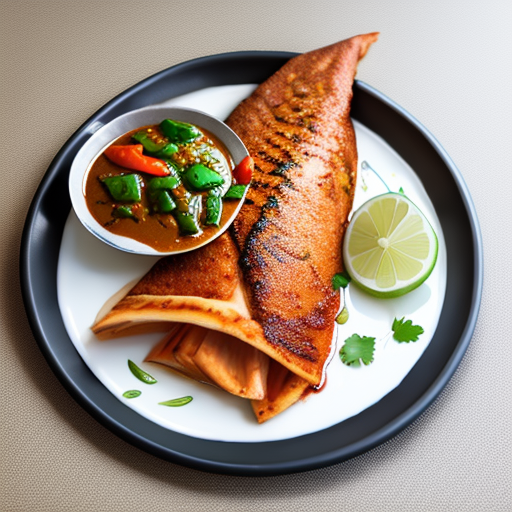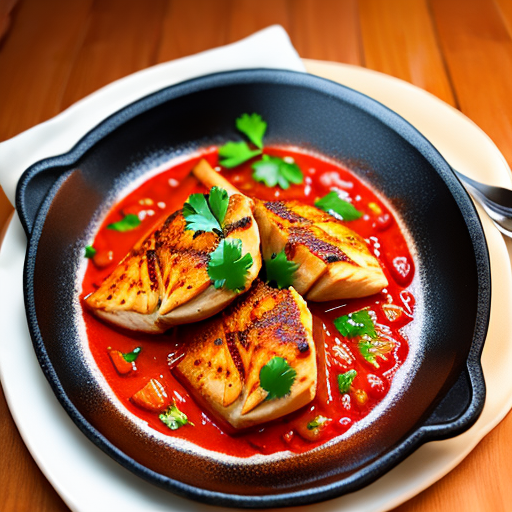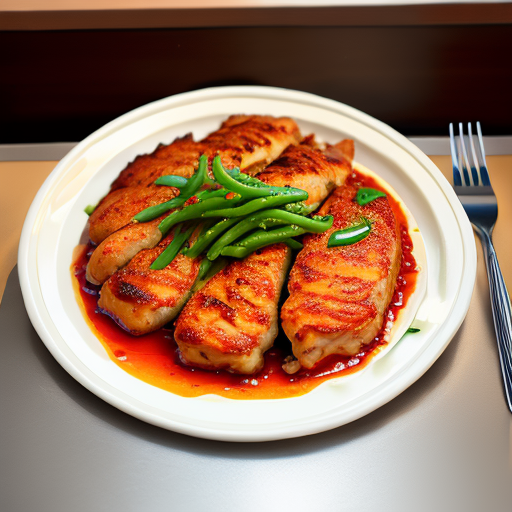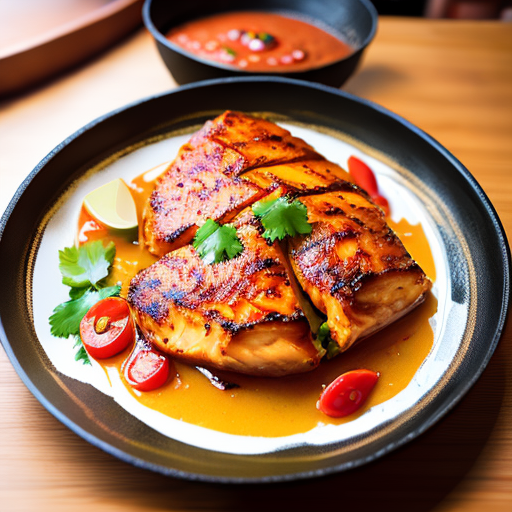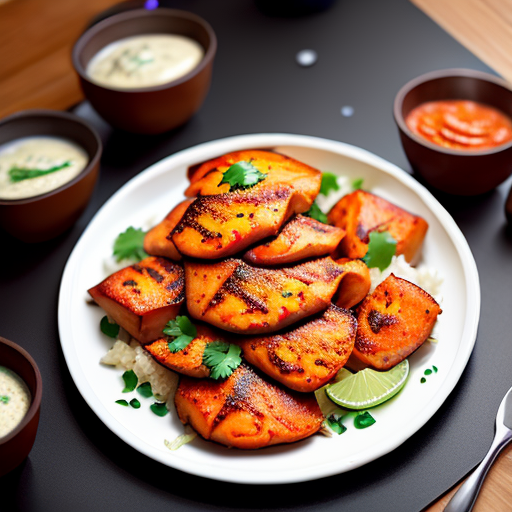Chicken Kofta Delight: Exploring Nutritious Variations, Troubleshooting Tips, and a Delectable Recipe
Explore the nutritional benefits of chicken kofta while discovering various delectable variations, troubleshooting tips, and a delicious recipe. Get answers to common FAQs and more in this comprehensive article.
Introduction
When it comes to flavorful and nutritious dishes, chicken kofta takes center stage. This article will not only tantalize your taste buds with a scrumptious kofta recipe but also delve into the nutritional value of this delectable delicacy. From exploring exciting variations to troubleshooting any challenges you may encounter during preparation, we’ve got you covered.
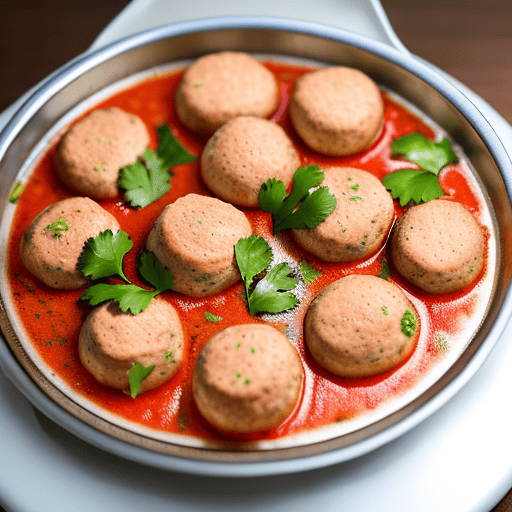
Nutritional Value of Chicken Kofta
Chicken kofta is more than just a culinary delight; it’s also a nutritional powerhouse.
| Nutrient | Amount per 100g |
|---|---|
| Calories | 190 kcal |
| Protein | 17.5g |
| Total Fat | 11.8g |
| Saturated Fat | 2.8g |
| Cholesterol | 63mg |
| Carbohydrates | 2.1g |
| Fiber | 0.3g |
| Sugars | 0.6g |
| Sodium | 370mg |
| Vitamin A | 91 IU |
| Vitamin C | 1.4mg |
| Calcium | 25mg |
| Iron | 1.1mg |
Exploring Delectable Variations of Chicken Kofta
Diversity is the essence of culinary excellence, and chicken kofta offers an array of tantalizing variations. Let’s explore some creative renditions of this delightful dish:
1. Healthy Spinach and Chicken Kofta
Add a nutritious twist to the classic kofta by incorporating finely chopped spinach into the chicken mixture. This not only enhances the flavor but also boosts the iron and vitamin content, making it a wholesome option for health-conscious foodies.
2. Tandoori Chicken Kofta
Infuse your kofta with the smoky flavors of tandoori spices by marinating the chicken mixture in a tandoori spice blend before shaping and cooking. Grilling or roasting these koftas adds a delightful charred taste.
3. Zesty Lemon Chicken Kofta
For a burst of freshness, add lemon zest and a squeeze of lemon juice to the chicken mixture. The zesty flavors perfectly complement the savory kofta and elevate the dish to new heights.
4. Coconut Curry Chicken Kofta
Incorporate coconut milk into the sauce to create a luscious and creamy coconut curry chicken kofta. The tropical flavors infuse the kofta with a hint of sweetness, balancing the spices beautifully.
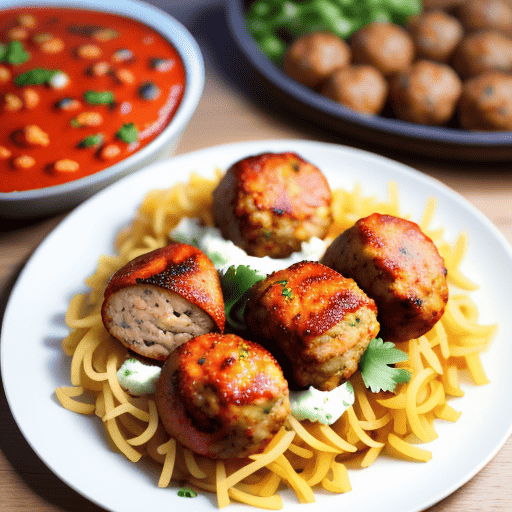
Troubleshooting Tips for Perfect Chicken Kofta
As with any culinary adventure, challenges may arise. Here are some troubleshooting tips to ensure your chicken kofta turn out perfectly:
1. Kofta Falling Apart
If your kofta is falling apart while cooking, the mixture may be too wet. Add a little more breadcrumbs or a binding agent like egg to improve the texture and hold the kofta together.
2. Dry Kofta
Should your kofta turn out dry, consider marinating the chicken for a longer duration before shaping. Additionally, avoid overcooking, as it can result in a drier texture.
3. Lack of Flavor
If you find your kofta lacking flavor, try adjusting the spice blend to suit your taste preferences. Experiment with various spices until you find the perfect combination.
4. Sauce Separating
If your sauce appears to be separating, ensure the heat is on medium-low and stir continuously. Adding a tablespoon of yogurt or cream can help stabilize the sauce.
A Savory Chicken Kofta Recipe
Now, let’s indulge in the pleasure of making delicious chicken kofta at home:
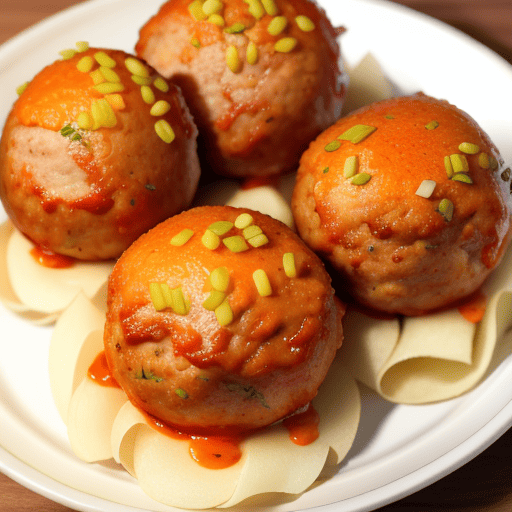
Ingredients:
- 500g ground chicken
- 1/4 cup finely chopped onions
- 2 garlic cloves, minced
- 1-inch ginger, grated
- 2 green chilies, finely chopped
- 2 tablespoons chopped cilantro
- 1 teaspoon ground cumin
- 1 teaspoon garam masala
- 1/2 teaspoon chili powder
- 1/4 cup breadcrumbs
- Salt to taste
- Vegetable oil for frying
Instructions:
- In a large bowl, combine the ground chicken, onions, garlic, ginger, green chilies, cilantro, cumin, garam masala, chili powder, breadcrumbs, and salt.
- Mix the ingredients thoroughly until well combined and let the mixture rest for 15 minutes to allow the flavors to meld.
- With oiled hands, shape the mixture into small balls or cylindrical patties, forming the kofta.
- Heat the oil in a pan over medium heat. Fry the kofta until they are golden brown and cooked through.
- Place the fried kofta on a paper towel to remove excess oil.
Serve the scrumptious chicken kofta with steamed rice, naan, or a side salad for a complete and satisfying meal.

FAQs about Chicken Kofta
- Can I use ground lamb instead of chicken?
Absolutely! Ground lamb can be a delicious alternative, offering a distinct flavor profile that complements the spices beautifully.
- What are some serving suggestions for chicken kofta?
Chicken kofta pairs well with mint chutney, cucumber yogurt sauce, or a tangy tamarind sauce. These condiments add depth to the dish and enhance the overall experience.
- Can I bake the kofta instead of frying them?
Certainly! Baking the kofta is a healthier option. Preheat the oven to 375°F (190°C) and bake the kofta for 20-25 minutes or until cooked through.
- Is it possible to make kofta in advance and reheat it?
Yes, you can prepare the kofta in advance and reheat them when needed. However, ensure they are properly stored in an airtight container in the refrigerator.
- Can I make chicken kofta gluten-free?
Absolutely! Simply replace the breadcrumbs with gluten-free alternatives like ground oats or almond flour.
Conclusion
Chicken kofta is a delightful amalgamation of flavors and nutrients, making it a favorite among food enthusiasts. Whether you savor the classic recipe or experiment with exciting variations, chicken kofta never fails to impress. Armed with troubleshooting tips and a scrumptious recipe, you are now ready to embark on a culinary journey that celebrates the rich heritage of this delectable dish.
So, let your creativity soar as you savor the magic of chicken kofta!

